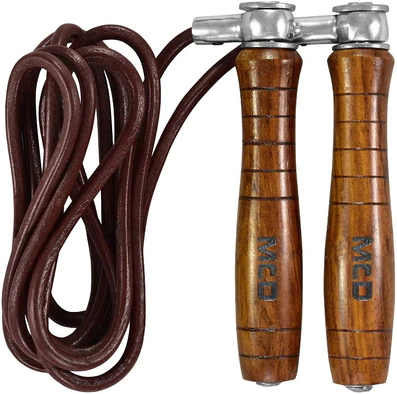When it comes to purchasing boxing training equipment, several factors must be taken into consideration to ensure you're investing in gear that suits your needs, enhances your performance, and provides optimal safety. From gloves to punching bags and everything in between, selecting the right equipment can significantly impact your training experience and overall progress as a boxer. In this comprehensive guide, we'll delve into the essential factors to consider when buying boxing training equipment.
Quality and Durability
The quality and durability of boxing training equipment are paramount. Investing in high-quality gear ensures longevity, reliability, and optimal performance during training sessions. Look for reputable brands known for their commitment to craftsmanship and use materials such as genuine leather for gloves and heavy-duty stitching for bags. Quality equipment may come at a higher price point initially, but it's a worthwhile investment that will withstand rigorous training and provide lasting value.
Fit and Comfort
Boxing gloves and protective gear should fit snugly and comfortably to ensure proper functionality and minimize the risk of injury. When purchasing gloves, consider factors such as size, weight, and closure type. Opt for gloves that offer ample wrist support and padding to protect your hands during impact. Similarly, headgear, mouthguards, and other protective accessories should be adjustable and provide a secure, comfortable fit without impeding your movements or vision.
Purpose and Training Goals
Before buying boxing training equipment, identify your specific training goals and the type of workouts you'll be performing. Whether you're focused on cardio and conditioning, technique refinement, or competitive sparring, different types of equipment cater to various training objectives. For example, if you're primarily working on speed and agility, a speed bag or double-end bag may be more suitable. Conversely, if you're training for power and endurance, a heavy bag or body opponent bag (BOB) might be preferable.
Budget and Affordability
Establishing a budget is essential when purchasing boxing training equipment, as prices can vary significantly depending on the brand, quality, and type of gear. While it's tempting to opt for the most expensive equipment in the belief that it's superior, there are plenty of affordable options available that offer excellent quality and functionality. Determine how much you're willing to spend and prioritize essential items based on your training needs and preferences.
Safety Features
Safety should always be a top priority when selecting boxing training equipment. Look for gear that incorporates safety features such as reinforced padding, impact-absorbing materials, and ergonomic designs. For instance, boxing gloves with thumb locks help prevent thumb injuries, while headgear with adequate padding reduces the risk of concussions and facial injuries. Additionally, inspect equipment regularly for signs of wear and tear, and replace any damaged or worn-out gear promptly to maintain safety standards.
Brand Reputation and Reviews
Researching brands and reading product reviews can provide valuable insights into the quality, performance, and durability of boxing training equipment. Seek out reputable brands with a track record of excellence in the industry and positive feedback from customers and experts alike. Online forums, review websites, and social media platforms are excellent resources for gathering firsthand experiences and recommendations from fellow boxers and fitness enthusiasts.
FAQs
What boxing training equipment do I need as a beginner?
As a beginner, essential boxing training equipment includes boxing gloves, hand wraps, a heavy bag, a jump rope, and protective gear such as headgear and mouthguards. These foundational items provide the necessary tools for developing fundamental skills and conditioning.
Can I use MMA gloves for boxing training?
While MMA gloves may be suitable for certain types of training, such as mixed martial arts or bag work, they are not ideal for traditional boxing training. Boxing gloves are specifically designed to provide adequate padding and wrist support, essential for protecting your hands during heavy impact.
What is the difference between a heavy bag and a speed bag?
A heavy bag is a large, cylindrical punching bag typically filled with dense material such as sand or fabric. It's used primarily for developing power, strength, and endurance through striking combinations and drills. In contrast, a speed bag is a smaller, lighter bag suspended horizontally from a platform. It's used to improve hand speed, coordination, and timing through rapid punching and rhythmical movements.
Do I need to buy boxing shoes for training?
While boxing shoes are not strictly necessary for training, they can enhance your performance and comfort during workouts. Boxing shoes provide ankle support, traction, and stability, allowing you to move more efficiently and pivot smoothly during footwork drills and sparring sessions.
Conclusion
Choosing the right boxing training equipment is essential for maximizing your training effectiveness, minimizing the risk of injury, and achieving your fitness and skill development goals. By considering factors such as quality, fit, purpose, budget, safety, and brand reputation, you can make informed decisions and invest in gear that suits your needs and preferences. Remember to prioritize comfort, functionality, and safety when selecting equipment, and don't hesitate to seek advice from coaches, trainers, and experienced boxers to ensure you're making the best choices for your training regimen.


No comments yet